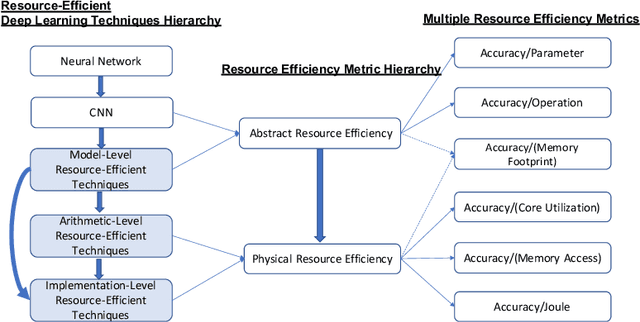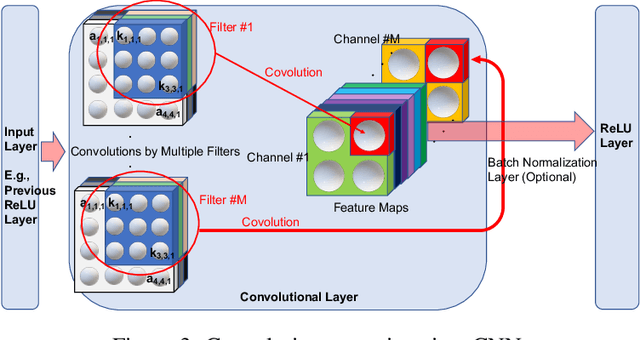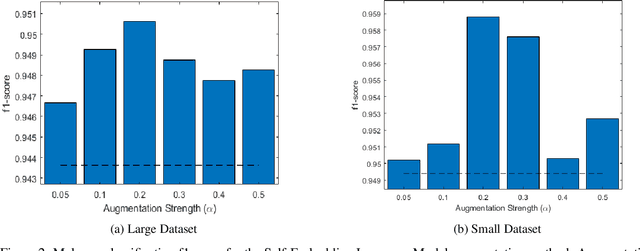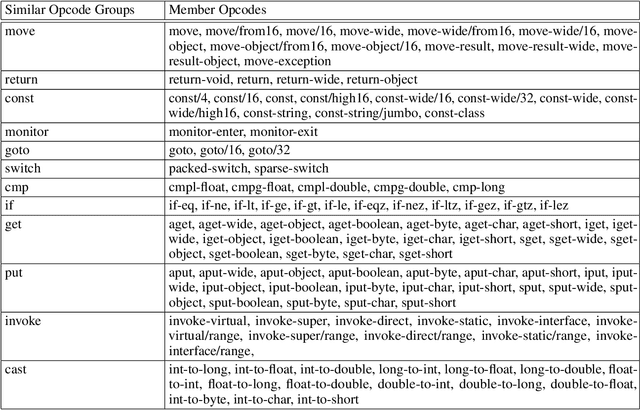Jesus Martinez del Rincon
Resource-Efficient Deep Learning: A Survey on Model-, Arithmetic-, and Implementation-Level Techniques
Dec 30, 2021



Abstract:Deep learning is pervasive in our daily life, including self-driving cars, virtual assistants, social network services, healthcare services, face recognition, etc. However, deep neural networks demand substantial compute resources during training and inference. The machine learning community has mainly focused on model-level optimizations such as architectural compression of deep learning models, while the system community has focused on implementation-level optimization. In between, various arithmetic-level optimization techniques have been proposed in the arithmetic community. This article provides a survey on resource-efficient deep learning techniques in terms of model-, arithmetic-, and implementation-level techniques and identifies the research gaps for resource-efficient deep learning techniques across the three different level techniques. Our survey clarifies the influence from higher to lower-level techniques based on our resource-efficiency metric definition and discusses the future trend for resource-efficient deep learning research.
Data Augmentation for Opcode Sequence Based Malware Detection
Jun 22, 2021



Abstract:Data augmentation has been successfully used in many areas of deep-learning to significantly improve model performance. Typically data augmentation simulates realistic variations in data in order to increase the apparent diversity of the training-set. However, for opcode-based malware analysis, where deep learning methods are already achieving state of the art performance, it is not immediately clear how to apply data augmentation. In this paper we study different methods of data augmentation starting with basic methods using fixed transformations and moving to methods that adapt to the data. We propose a novel data augmentation method based on using an opcode embedding layer within the network and its corresponding opcode embedding matrix to perform adaptive data augmentation during training. To the best of our knowledge this is the first paper to carry out a systematic study of different augmentation methods applied to opcode sequence based malware classification.
 Add to Chrome
Add to Chrome Add to Firefox
Add to Firefox Add to Edge
Add to Edge